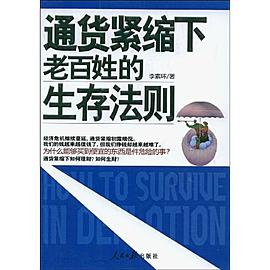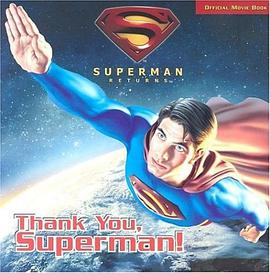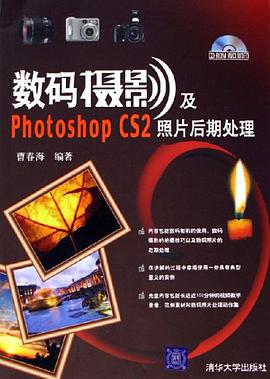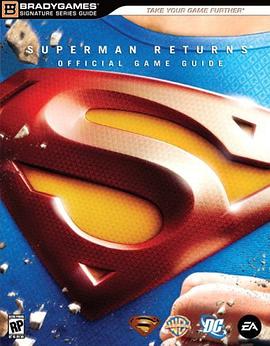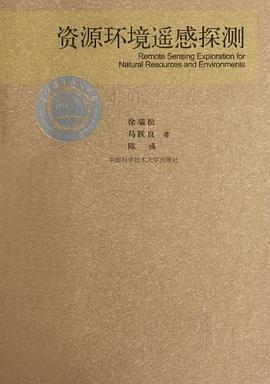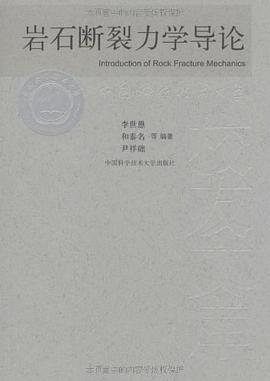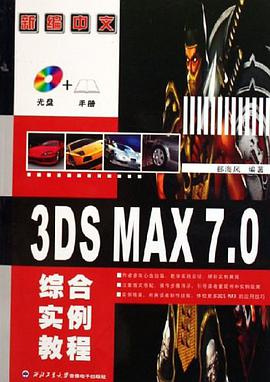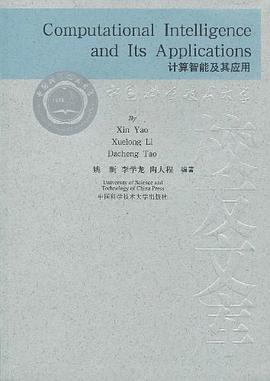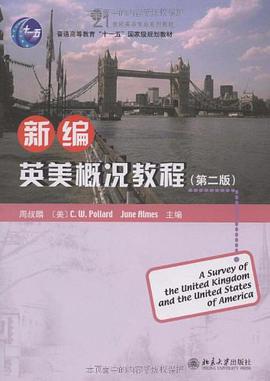

具體描述
《新編英美概況教程(第2版)》講述瞭:北京大學齣版社自2005年以來已齣版《語言與應用語言學知識係列讀本》多種,為瞭配閤第十一個五年計劃,現又策劃陸續齣版《21世紀英語專業係列教材》。這個重大舉措勢必受到英語專業廣大教師和學生的歡迎。作為英語教師,最讓人揪心的莫過於聽人說英語不是一個專業,隻是一個工具。說這些話的領導和教師的用心是好的,為英語專業的畢業生將來找工作著想,因此要為英語專業的學生多多開設諸如新聞、法律、國際商務、經濟、旅遊等其他專業的課程。但事與願違,英語專業的教師們很快發現.學生投入英語學習的時間少瞭,掌握英語專業課程知識甚微,即使對四個技能的掌握也並不比大學英語學生高明多少,而那個所謂的第二專業在有關專傢的眼中隻是學到些皮毛而已。
英語專業的路在何方?有沒有其他路可走?這是需要我們英語專業教師思索的問題。中央領導關於創新是一個民族的靈魂和要培養創新人纔等的指示精神,讓我們在層層迷霧中找到瞭航嚮。顯然,培養學生具有自主學習能力和能進行創造性思維是我們更為重要的戰略目標,使英語專業的人纔更能適應21世紀的需要,迎接21世紀的挑戰。
著者簡介
圖書目錄
CHAPTER 1 PHILOSOPHY OF WESTERN CIVILIZATION I.Introduction II.Greek Rationalism III.The Middle Ages IV.The Renaissance V.Modern Philosophy VI.Modern Philosophical Trends VII.SummaryCHAPTER 2 GEOGRAPHY OF THE UNITED KINGDOM I.Introduction II.General Characteristics of the United Kingdom III.Water: The Key Geographical Feature IV.Geographical History V.Surface Features and Geography--by Political Region VI.Current Situation VII.CommonwealthCHAPTER 3 HISTORY OF THE UNITED KINGDOM I.Prehistory to the Norman Conquest II.The Making of a Nation: From the Norman Conquest to the Renaissance III.The Tudors: Sea Power and Protestantism IV.Founding of the British Empire V.England in Revolution: Representative and Constitutional Goverment VI.England in the Eighteenth Century : The Age of Reason VII.Napoleonic Wars and a Century of Slow Reforms VIII.Nineteenth Century Imperialism IX.Twentieth-Century England: Crisis of Identity AppendixesCHAPTER 4 BRITISH ECONOMY I.Introduction II.Highlights of Britain's Economic Development III.Britain's Prosperity Today IV.Britain's Economic System: A Unique Mix V.Consumer Expenditure VI.Industrial Structure and Output VII.International Trade VIII.Taxation and Public Spending IX.Economic PolicyCHAPTER 5 BRITISH CULTURE I.Introduction II.The British People--General Traits III.Entertainment IV.ConclusionCHAPTER 6 BRITISH EDUCATION I.Introduction II.Medieval England--Church and Class III.Renaissance Education IV.Eighteenth Century--What Is Correct English V.Nineteenth Century--Class Struggle and Change VI.Twentieth Century--Reform, Socialism and Conservatism VII.ConclusionCHAPTER 7 GEOGRAPHY OF THE UNITED STATES I.Introduction II.Economic Activities III.Rural, Suburban, and Urban Living Patterns IV.Physiographic Subdivisions of the United States V.Geologic Processes Shape the Nation's Physical and Human Geography VI.Energy and Mineral Resources Required for a Modern Society VII.Summary: The United States--"A Land of Contrasts" CHAPTER 8 HISTORY OF THE UNITED STATES I.Introduction II.Native Americans III.Colonial North America IV.The Founding of the United States V.Forming A New Nation VI.Nationalism and the Economy VII.Westward Expansion VIII.The Industrial Revolution and Social Reforms IX.The American Civil War and Reconstruction X.Industrialization, Capitalism, and Monopolies XI.The United States Becomes a World Power XII.The Post World War I Period XIII.World War I1 XIV.The Post World War II Period (1945 - 1989) XV.Modern Times XVI.Conclusion AppendixesCHAPTER 9 BRITISH AND AMERICAN GOVERNMENT I.Introduction II.Politics III.Political Legitimacy IV.Absolutism and Constitutionalism V.Democracy VI.Indirect or Representative Democracy VII.Elections VIII.The Assembly Model IX.Conclusion AppendixesCHAPTER 10 THE ECONOMY OF THE UNITED STATES I.Introduction and Overview II.History and Growth III.Commercial and Nonprofit Firms IV.Households V.Government and the Economy VI.International Trade VII.Problems and Challenges for the U.S. EconomyCHAPTER 11 AMERICAN SOCIETY I.Introduction II.Individuals III.Families IV.Groups V.Organizations VI.Socioeconomic Classes, Status and Roles VII.Race and Ethnicity VIII.Other Social Issues IX.Social Changes and Global ConnectionsCHAPTER 12 AMERICAN CULTURE I.Introduction II.Materialism and the Mass Media III.Individual Style and Personal Rites of Passage IV.Manners V.Food and Meals VI.Housing VII.Pets VIII.Leisure Activities IX.Holidays X.American ValuesCHAPTER 13 EDUCATION IN THE UNITED STATES I. Introduction II.Issues in American Basic Education III.Higher Education IV.Conclusion
· · · · · · (收起)
· · · · · · (收起)
讀後感
評分
評分
評分
評分
評分
用戶評價
评分
一本好教材。。
评分糾結死爺啦~我恨它~
评分內容還可以 大一的時候看的 全篇查生詞 那時真是傷不起
评分其實根本不算讀過…大片兒大片兒的英文看得直想吐…= =b
评分內容還可以 大一的時候看的 全篇查生詞 那時真是傷不起
相關圖書
本站所有內容均為互聯網搜索引擎提供的公開搜索信息,本站不存儲任何數據與內容,任何內容與數據均與本站無關,如有需要請聯繫相關搜索引擎包括但不限於百度,google,bing,sogou 等
© 2025 book.quotespace.org All Rights Reserved. 小美書屋 版权所有


